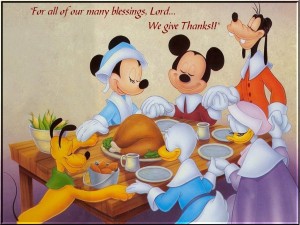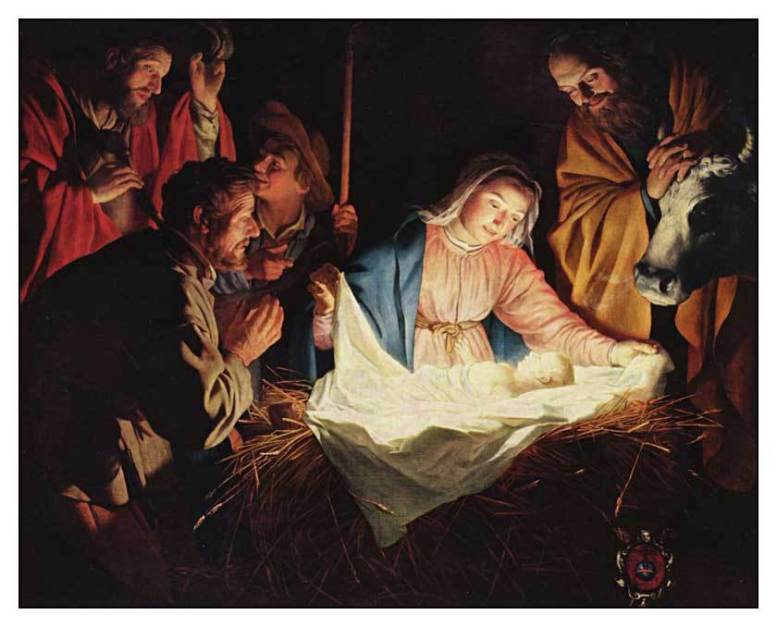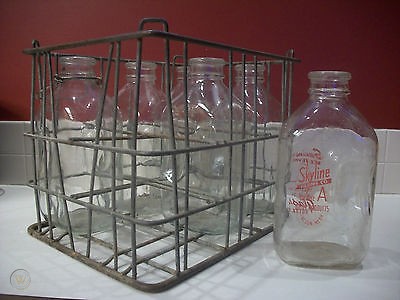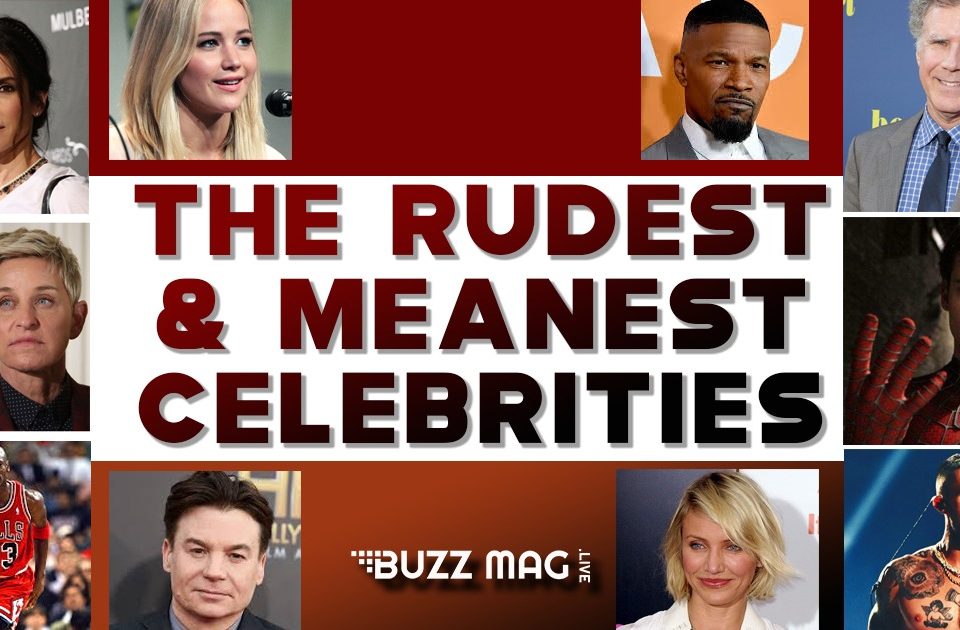Saying “Thank You” the Walt Disney Way
Saying “Thank You” the Walt Disney Way
 About ten years ago, my wife and I attended a marketing conference featuring Mike Vance as one of the speakers. When Vance was a young man, he was a personal friend and associate of Walt Disney. Vance, who is now in his eighties, was the founder of the Creative Thinking Association of America.
About ten years ago, my wife and I attended a marketing conference featuring Mike Vance as one of the speakers. When Vance was a young man, he was a personal friend and associate of Walt Disney. Vance, who is now in his eighties, was the founder of the Creative Thinking Association of America.
During his speech, Vance talked about the creative genius of Walt Disney. He told a story about the Blue Bayou – a restaurant that was built by Disney inside Disneyland in California and later replicated at Disney World in Florida. He told of how the restaurant was designed with a theme that captured the spirit of both New Orleans and the Louisiana bayou country which is made up of “shadowy swamps.”
Since no shadowy swamp is complete without fireflies darting around, Disney insisted that the dark atmosphere of the restaurant include specialized blinking lights that would appear to the customers as fireflies. In addition to the fireflies, in order to replicate the distinctive aromas lingering in the air of old New Orleans, the aroma of fresh coffee was circulated through the restaurant’s air conditioning system. In the background, Disney wanted customers to hear “the distinctive sounds of crickets chirping and a lone banjo picking out a lazy melody in the distance.”
Vance noted that although a customer visiting the Blue Bayou restaurant may not be consciously aware of everything that was going on, by being surrounded by such an environment, the customer would feel as though he or she had been transported into a different place and time.
Everywhere people turn at Disneyland or Disney World, there are different experiences that capture their imaginations and take them to a different place and time. That’s why almost every person who visits a Disney theme park eventually returns. From a business standpoint, it’s been a brilliant strategy that has virtually guaranteed 100% customer retention and has generated huge corporate profits.
Walt Disney was a genius at delivering subtle messages to the subconscious minds of his customers, without the customers realizing that they were being influenced by his messages. Disney knew he could change the mood and disposition of his customers and, by doing so, could instill in them the desire to return to one of his theme parks.
If I told you that you have the power to change the mood and disposition of a person who is important to you by delivering a simple message, would you believe me? The message I’m talking about can be delivered in two words, followed by a complimentary statement. The two words I’m referring to are “Thank you.”
Here are a couple of examples of what I’m talking about:
1. When I see my wife washing dishes, I can either take for granted the fact that she’s setting aside time out of her busy day to keep our kitchen clean or I can say, “Thank you for washing the dishes. I know I don’t tell you this very often, but it means a lot to me that you’re always willing to make the effort to keep our house clean. I don’t know how you’re able to accomplish so much every day. I really do appreciate all your hard work.”
2. When a fellow employee helps me complete a project, I can act like his or her assistance was no big deal or I can say, “Thanks for everything you did to help me with that project. I wasn’t sure how I was going to get it done in time. You made a big difference in the result and I really appreciate your willingness to pitch in and help.”
In addition to the verbal “Thank you” and complimentary statement, if you’re willing to sacrifice five minutes of your time, you should follow up with a handwritten thank-you card. An email, Facebook, or text message will not suffice. Electronic messages of thanks are of very little value. The best way to say “Thank you” is with a good old-fashioned handwritten card or letter.
Earlier this summer I had a conversation with a young man in his thirties who works as a manager at one of the local libraries. He told me that he had recently mentioned to some people who work for him that he was going to the post office to pick up some postage stamps. One of the women who works for him – a college student in her early twenties – asked, “What do you need stamps for?” He explained to her that he likes having extra stamps available so that he doesn’t have to make a special trip to the post office when he wants to mail a letter.
The college student gave him a puzzled look and said, “Why are you mailing letters when you can send email for free?” There were two other college students present at the time of the discussion and both of them were also baffled by the fact he would want to send a physical letter rather than an email.
On his way to the post office, the manager realized that the woman who asked the questions (along with most people who are younger than he is), has probably never sent a handwritten thank-you card to anyone. And she’ll probably never send one in the future either.
It’s really too bad that the younger generation places no value on a handwritten card or letter. In my opinion, the best way to say “Thank you” is to do it with a handwritten message.
Something magical happens when a genuine handwritten “Thank you” accompanied by a complimentary statement is delivered to a person. Wouldn’t you like to create more magic in your life and in your relationships? A handwritten “Thank you” creates magic at a subconscious level, just as the sounds, smells, and visual effects at the Blue Bayou restaurant at Disney World create magic at a subconscious level.
The very act of showing gratitude and giving thanks for what someone has done for you is extremely rewarding, both for the person giving thanks and for the person receiving the thanks. Despite all the new technology that has taken over our lives, I would encourage you to make an effort to express your thanks in writing as often as possible. It’s the least you can do to reward someone who has done something for you.
Happy Thanksgiving!




4 Comments
Dear Harry,
A lesson needed and well delivered. I had to smile, though, because, while I do send through the mail “Thinking of you” or, in your case, “Thank you” messages,I also use my Contact List, and, yes, Face Book, to keep in contact with literally hundreds more than I could handle with mail alone. It’s amazing how many revelations of “need” can be read “between the lines” in persons’ letters or emails. Being alert to pick up on the need and send a return comment that calms or helps the recipient in some way is one of my aims. Thank you, and many blessings to you and your family. Sister Roberta
Sister,
You’re right about the power of social media to connect with family, friends, and people in need. In fact, it’s through this new media that you and I communicate, which is very valuable. I enjoy hearing from you every week.
Take care,
Harry
Harry: THANK YOU for his special article which I am passing on to our family. My sister and I are working on ways to get our younger family members to write thank you notes. Three of them are religious in sending the notes. However, we have no idea if some others receive gratuitous gestures.
Thanks, also, for your recent Legal Beat. Lombardi’s words are guiding forces.
Marlyn,
It’s good to hear from you. I hope all is going well for you. Are you still praying your daily rosary? I think your mom was up to three rosaries each day during the months leading up to her death. I think of her often.
Take care,
Harry